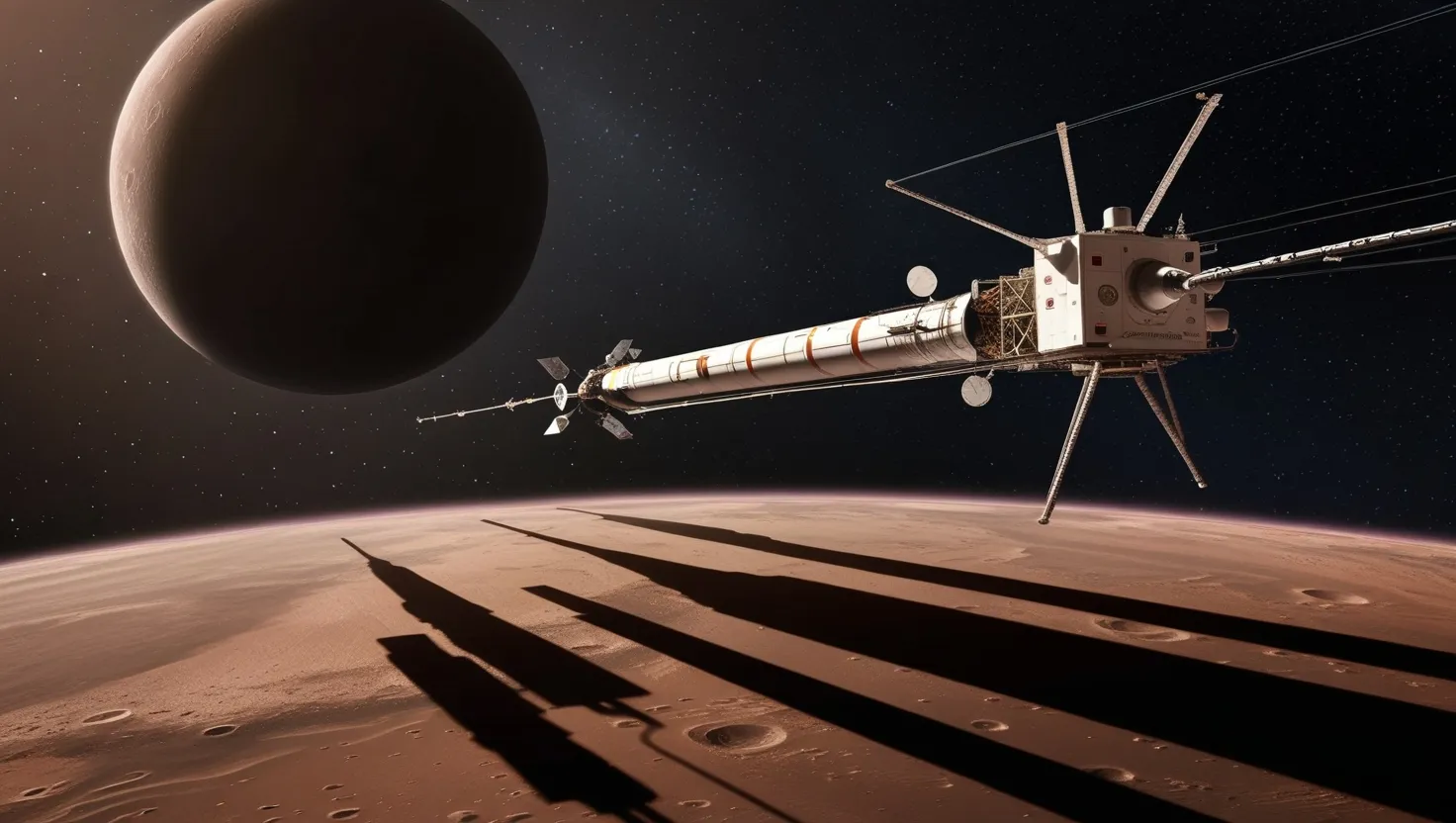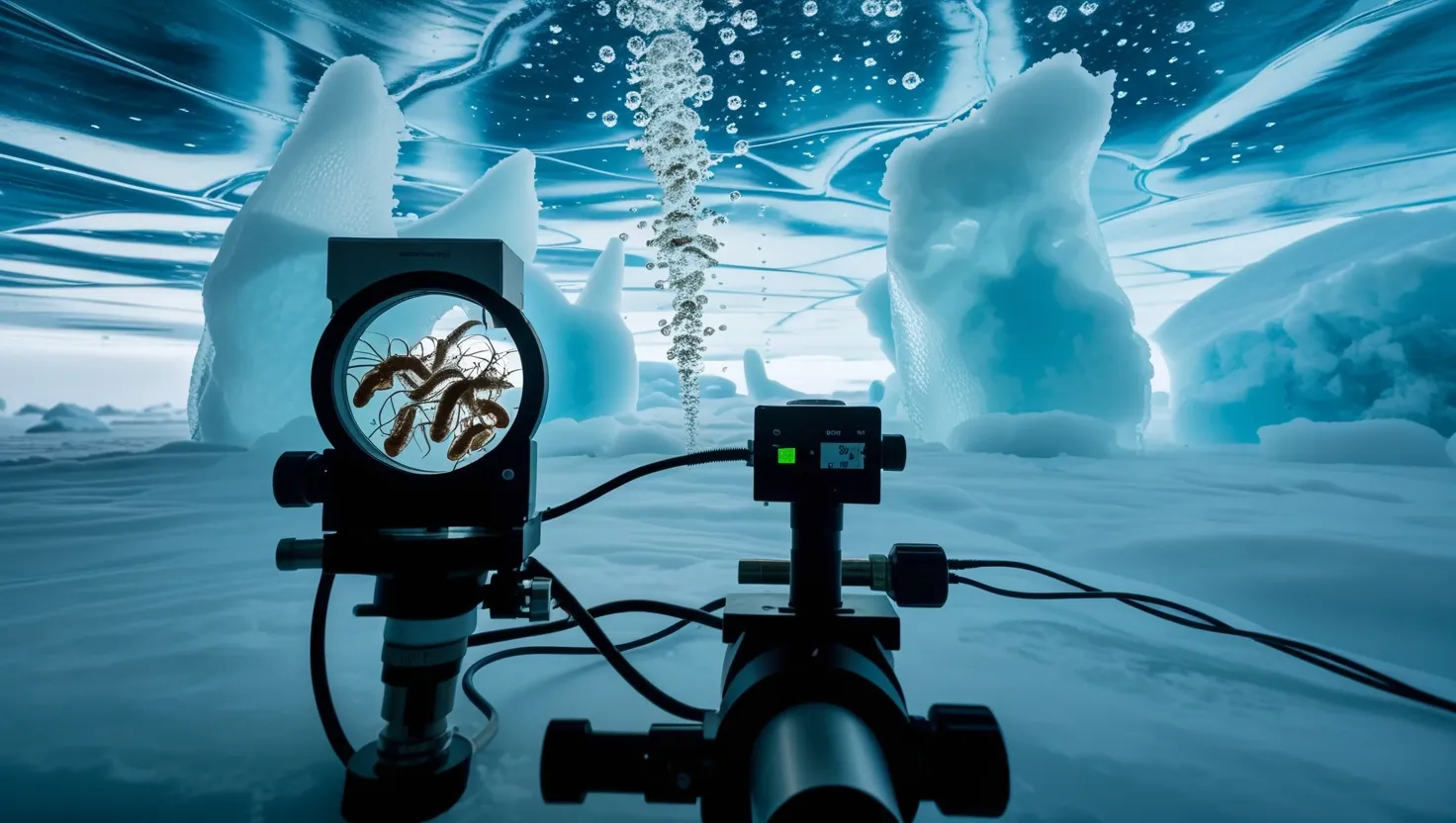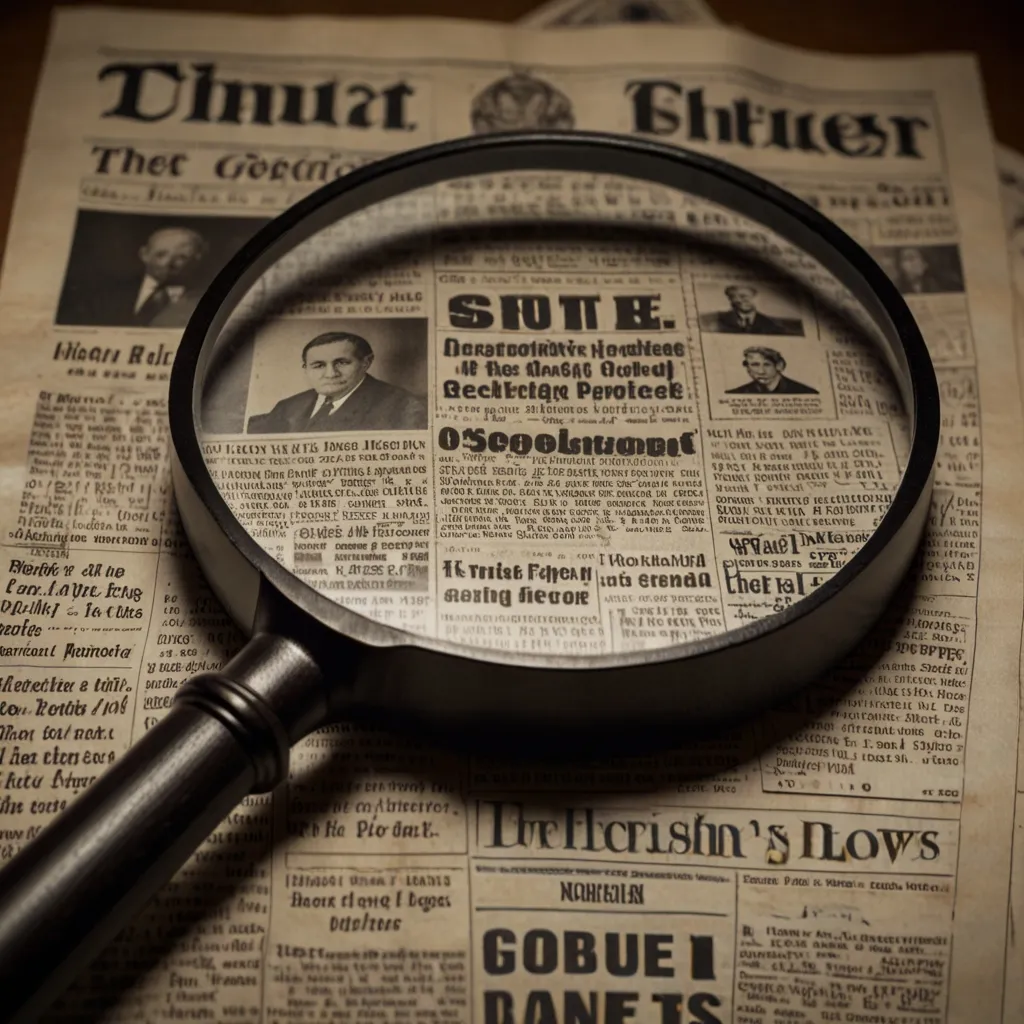The Phobos missions remain among the most intriguing stories of space exploration, standing as testament to both humanity’s curiosity and the unpredictable challenges of interplanetary science. In 1988, the Soviet Union’s ambitious decision to launch not one, but two probes—Phobos 1 and Phobos 2—to Mars and its oddly enigmatic moon Phobos was met with international excitement, technical awe, and, as events unfolded, a whiff of cosmic drama. Have you ever wondered not just what we found on the surface of another world, but what might have been trying to keep us from finding it?
Strange things often happen at the edge of knowledge. For Phobos 1, the drama began even before reaching its destination. Official reports chalked up its loss to a “computer malfunction”—a command sequence that inadvertently shut down the spacecraft’s orientation system, causing it to lose power and drift silently through the void. On the surface, it sounds like a simple, if tragic, error. But ask yourself: could a mission so meticulously planned, involving international teams and cutting-edge hardware, really have been halted by a single line of faulty code? Or does this hint at larger, hidden complexities lurking beneath the public statements?
Phobos 2, the surviving twin, carried with it a suitcase of sensors, from advanced gamma-ray spectrometers to neutron detectors and, for the first time, cooperative technology bankrolled and designed by over a dozen nations. To this day, some scientists privately voice their suspicion that Phobos 2’s sensor suite was quietly equipped to detect not just the geology of another world, but perhaps signals or artifacts far beyond our current catalog—a tacit nod to the perennial debate over life, or at least strange phenomena, beyond Earth.
When Phobos 2 finally arrived in Martian orbit, anticipation ran high. Data flowed in: high-resolution photos, invaluable maps of Martian and Phobosian terrain, detailed samples of radiation levels and magnetic environments. For a few precious weeks, it seemed as if the mission’s checkered past had been overwritten by spectacular success. Then, on the very edge of glory—in the moments before its closest, most daring approach to Phobos—contact was severed.
What elevates the Phobos 2 story from a simple technical tragedy to a puzzle worthy of speculation is the pattern of the failure itself. Telemetry analysis later revealed that its attitude control, communications, and power systems all failed nearly simultaneously—an outcome described by mission engineers as “inconsistent with any known failure mode.” These scientists had planned for cosmic rays, dust impacts, and hardware wear, but even redundancy upon redundancy failed them. How could that happen unless some utterly unpredictable event swept the table clear?
As the last fragments of data zipped across tens of millions of kilometers, Phobos 2 snapped an infamous photograph. In this image, a strange elongated shadow stretched across the Martian terrain. Quickly, teams ruled out known camera artifacts, natural shadows from Phobos or Mars’ features, and even cosmic ray hits on the sensor. Yet what remained was the absence of a logical explanation. Was it an object? A fleeting energy field? Or something far stranger? “The important thing is not to stop questioning. Curiosity has its own reason for existing.”—Albert Einstein
At the same time, declassified mission notes tell their own story. International monitoring agencies, including those with more than a passing interest in Cold War rivalries, tracked the Phobos missions not just for their scientific promise but for what they might reveal about Soviet—and possibly alien—technology. There are credible accounts suggesting that, in Phobos 2’s final moments, Soviet operators reported anomalous radiation readings from onboard instruments, the kind that don’t match expected solar or Martian activity.
Does this seem like routine hardware misfortune, or something that pushes against our everyday understanding? It’s a question with no easy answers. “Somewhere, something incredible is waiting to be known.” —Carl Sagan
No modern review of these events is complete without mention of the sociopolitical context. The late 1980s were a time of renewed tension. Some have speculated that the advanced communications aboard Phobos carried a secondary agenda—military applications disguised as planetary science. Many have quietly asked: was there a remote electronic attack, or was the satellite simply too complex for its time? No country has ever demonstrated, much less admitted to, the kind of interplanetary sabotage such a theory would require. Yet, the silence is curious.
As we dig deeper, modern research offers yet stranger possibilities. Some astrophysicists highlight recent findings that Phobos 2’s final trajectory took it through a swath of gravitational oddity—subtle but measurable fluctuations that might hint at clusters of dark matter or, more outlandishly, miniature singularities. Could these invisible pockets of intense gravity have disrupted not just Phobos 2’s navigation, but its ability to maintain power and orientation altogether?
Meanwhile, Phobos itself continues to defy easy classification. Its composition is like few other objects in the solar system. Some argue it’s a captured asteroid, its orbit unnervingly close and nearly circular—neither characteristic of typical Martian satellites. Others have fantasized, with varying degrees of seriousness, about it being a hollow shell or even an ancient vessel. Wild as those suggestions sound, the lack of clarity surrounding its density and structural anomalies only invites more questions. Have you ever considered the possibility that our familiar solar system might still have secrets deeply buried in plain sight?
Lesser-known is the whisper network of international space scientists who, in the wake of Phobos 2’s loss, convened quietly to propose new protocols—ways to recognize, document, and respond to incidents that simply don’t fit catalogued risks. For them, Phobos became a sort of cosmic parable, a looming reminder that the universe does not always play by our engineered rules. Why were similar sensors never again launched on the same kind of Soviet probe? What happened to the fragments of data that never made it into the public domain?
Phobos 2’s malfunctions didn’t just halt a mission; they froze a pivotal moment in time. There’s a sense, rarely discussed except among the mission’s core engineers, that what came next was a collective pause—not out of defeat, but out of the raw humility that comes with brushing up against the unknown. “Not only is the universe stranger than we imagine, it is stranger than we can imagine.” —J.B.S. Haldane
In the years since, missions have gone back to Mars, some flying by Phobos, none quite recapturing the strange blend of hope and unease that marked those last transmissions. The radial photo and the fragmented sets of hard-to-classify data are all that remain for the public record. But in those artifacts, we glimpse the boundaries of what we know and what we fear to admit: that the solar system may be full of places, and perhaps presences, that simply aren’t ready to be catalogued by terrestrial explorers.
So, which is more likely in your mind? A cascade of bad luck at the edge of technology, a competitor reaching out invisibly across the solar system to quietly disrupt, or something entirely outside our current vocabulary? The very ambiguity is what lends the Phobos anomaly its continuing fascination.
As someone fascinated by both the triumph and frailty of our technologies, I find the Phobos missions worthy of our continued attention not because they failed, but because they left us with questions bigger and bolder than the ones we had set out to answer. Every lost probe, every frame of mysterious data, becomes a faint signal reminding us not just of how much we still have to learn, but how surprising the universe can be when we approach it with open eyes and the courage to wonder.
The surface of Mars waits. Phobos circles, silent and unsettled. Perhaps, if we look closely enough, listen long enough, or reinvest in our own sense of the possible, we’ll find the confidence to ask not only “What happened?” but, just as importantly, “What does this mean for our place in the vast sweep of space?” For, as Arthur C. Clarke once wrote, “Any sufficiently advanced technology is indistinguishable from magic.” And who among us can say for certain where science ends and the next mystery begins?






